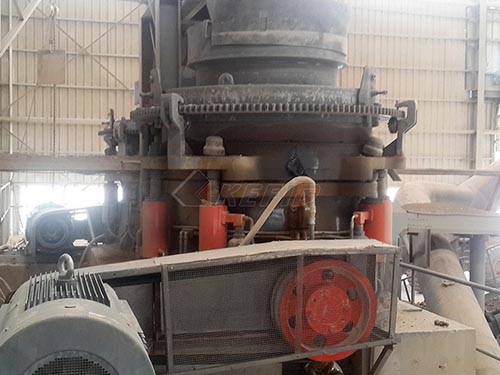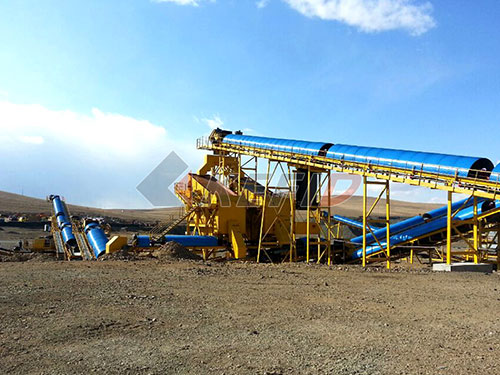Crushing Quicklime: Selecting & Optimizing Crushers for Calcium Oxide
Calcium oxide (CaO), commonly known as quicklime or burnt lime, is a fundamental industrial chemical derived from the thermal decomposition of limestone (calcium carbonate). Its reactivity makes it indispensable across diverse sectors like steelmaking, flue gas desulfurization (FGD), chemical production, construction (mortar, plaster), water treatment, and soil stabilization.
A critical step in preparing quicklime for many of these applications is size reduction. Raw quicklime exiting the kiln often forms large lumps or nodules unsuitable for direct use or efficient reaction. This is where crushers specifically designed or adapted for calcium oxide become vital pieces of equipment.
Why Crush Calcium Oxide?
1. Enhanced Reactivity: Smaller particle sizes dramatically increase the surface area available for reaction with water (slaking) or other chemicals (e.g., SO₂ in FGD). Faster and more complete reactions are essential for process efficiency and product quality.
2. Improved Handling & Flowability: Crushed lime flows more predictably through conveyors, silos, feeders, and pneumatic transport systems compared to large lumps prone to bridging.

3. Precise Dosing: Many processes require accurate metering of lime quantities based on weight or volume consistency achievable only with controlled particle sizes.
4. Downstream Processing: Crushing prepares lime for further processing steps like milling/pulverizing into fine powders or hydration into slaked lime slurry.

Challenges of Crushing Quicklime
Crushing CaO presents unique challenges compared to inert minerals:
High Abrasiveness: While not the hardest mineral (Mohs ~3-4), calcium oxide crystals are highly abrasive due to their angular structure formed during calcination.
Heat Sensitivity: Freshly calcined lime can be very hot (>100°C). While crushers handle heat generally well sustained high temperatures combined with abrasion accelerate wear.
Hygroscopicity & Dust Generation: Quicklime readily absorbs moisture from the air, potentially leading to partial hydration/surface caking during processing if exposed excessively.
Crucially: This moisture absorption generates significant amounts of very fine dust – a major health hazard causing irritation and potentially severe respiratory damage (“lye burns”). Effective dust containment and suppression are non-negotiable.
Caustic Nature: The dust itself is highly alkaline and corrosive to equipment components and poses serious

Leave a Reply